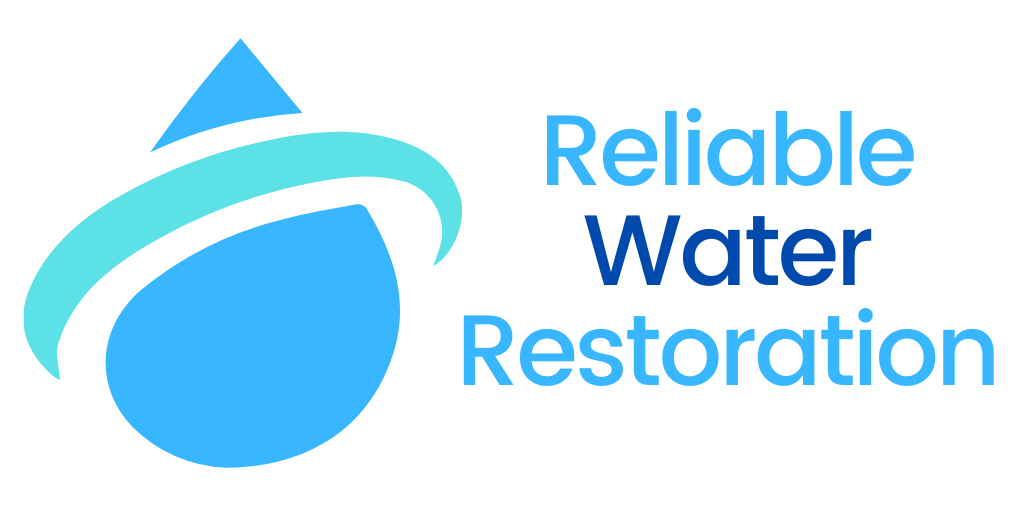Mold is all around us, that much you’ve probably heard. You might be wondering what’s the big deal with mold then? Why is mold bad and how can it harm me? Let’s find out more-should you identify mold in your workplace.
Is Mold Bad?
Mold is a type of fungus that usually grows in large, multicellular structures called hyphae, which are the source of the “spores” found indoors and outdoors.
Mold is found almost everywhere, including in your refrigerator or bathroom after a flood. A mold requires moisture to grow and it can also be found after a leak in the water pipes comes.
Mold–a type of fungus–can be found in many different places, including your home. It can cause significant damage if it grows uncontrolled. Some types are used to make medicine, foods, or even ink for stamps
There are two main reasons why mold growth is bad: it can cause irreversible mold damage and, if left unchecked, will harm you and your family’s health.
Second, molds produce tiny spores which are easily inhaled. If you breathe in these particles, they can lead to respiratory problems.
Stachybotrys Chartarum (commonly called black mold) is one kind of mold that may cause health problems, such as respiratory difficulties.
How Do You Know If You Have Mold
There are many different ways to tell if you have mold in your home or business, and some of the most common ways include sight and smell. Both of these provide a clear indication that there’s a problem, but they’re also some of the easiest to do.
This means actively looking for mold in the most common places, such as damp spots, dirt patches, leaky pipes, and garbage. It can help to prevent your building from developing noxious molds.
- Bathroom tile and grout
- Basement walls
- Under sinks
- Windows where moisture condenses
High humidity and poor ventilation can be a source of mold in the home or office. Brief household activities that produce excess moisture – like drying clothes inside the home, hot showers, and cooking – can all make a difference.
Read more: Workplace Air Quality
If you have a damp or moist home, it is important to think about buying a dehumidifier to avoid the development of mold.
What Does Mold Smell Like?
Mold usually announces its presence with a distinctive odor before it is visible. It often smells wet, musty, and stale.
If you start to notice this nasty smell in your home or business, then it’s time to look for the signs of mold. It often leads to irritation of the nose and sneezing.
It’s important to get in touch with a specialist as soon as you see any of these symptoms. Some signs that your home may have mold are:
- Peeling wallpaper
- Dark or colored spots on walls
- Dampness
- Grout between tiles begins to darken
- Discolored carpet
- Health symptoms such as sneezing, asthma, runny nose
It’s worth being mindful that you can get used to a smell. This is why it’s important to take care of any issues as soon as you notice them.
If you aren’t sure, it may be helpful to ask a family member who doesn’t often visit the home for their opinion.
If you smell mold but can’t see it, it’s best to call a professional. They will assess the situation and find out if there is unseen mold behind or in building materials.
What Causes Black Mold To Grow?
Black mold, or Stachybotrys Chartarum, is one of many kinds that produce toxic byproducts called mycotoxins.
Mycotoxins are a by-product of the mold that grows on decaying building materials.
Black mold can be dangerous to those with allergic reactions or other health conditions as they may be more sensitive to it. For this reason, black mold is sometimes also called “toxic mold.”
Like most molds, black mold needs moisture to grow. As such, it can happen that mold grows after a flood or burst pipe that left water damage.
The problems stemming from roof leaks and clogged gutters can lead to major mold and moisture issues. Black mold needs the following to survive:
- surface friendly to grow on (e.g. drywall, wood, carpet, and ceiling tiles)
- Warmth
- Darkness
- At least 24 to 48 hours
Molds can grow in a variety of environments. Moisture is the most important factor, but there are other conditions that can help or hinder the growth of mold.
If your home or workplace has a moisture problem like condensation or water damage, mold can grow and begin damaging the materials it’s growing on.
What Does Black Mold Look Like?
The term “black mold” is often used as an umbrella term that covers many different species of mold, making it difficult to offer one description.
One of the most common types of black mold, Stachybotrys Chartarum, often manifests as dark green or almost black.
Mold will typically be moist, and it may have a slimy texture. Not knowing what type of mold is growing can be frustrating – the only solution is to use a professional mold inspection service to identify the problem and address it accordingly.
Although there is not always a need for third-party companies to conduct testing, typically if mold grows then it can be treated the same way regardless of its type or where it came from.
If you’re not sure where the mold is coming from or how bad it is, you might need to get a third-party contractor to inspect and provide a remediation protocol.
Mold growth is common in buildings, but there are ways to avoid this damage. It helps to understand the signs of mold problems so you can take quick action & save time, money & health.
If you have mold, use these tips to learn more about mold remediation & removal.
More of our locations in other cities
